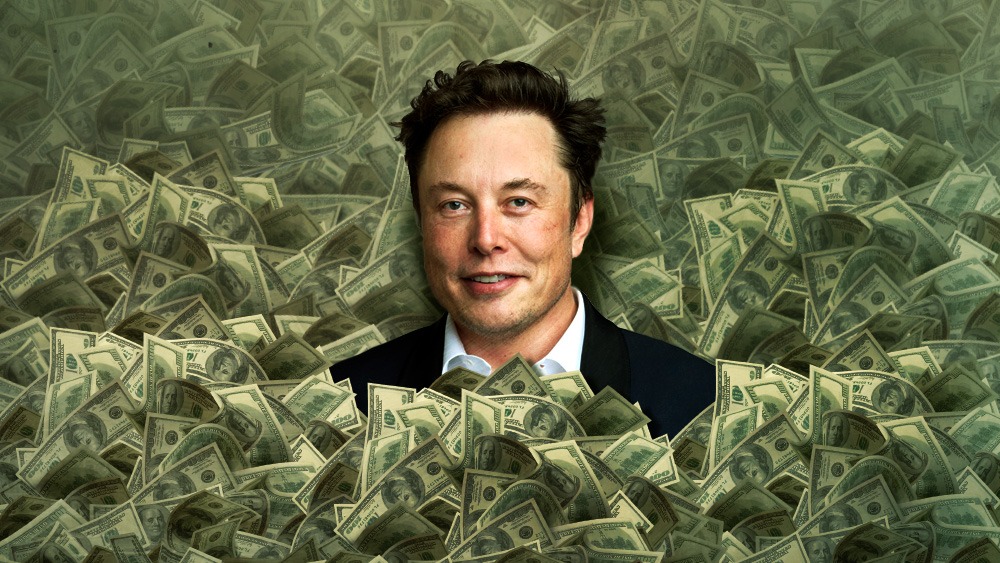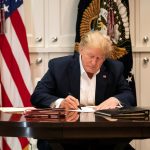Elon Musk has reached a new milestone in wealth accumulation, becoming the first person ever to exceed $600 billion in net worth. Recent reports from December 2025 confirm his fortune now stands around $640 billion, fueled primarily by a dramatic increase in SpaceX's valuation. This development marks another chapter in Musk's extraordinary financial journey, one that continues to captivate investors and the public alike.
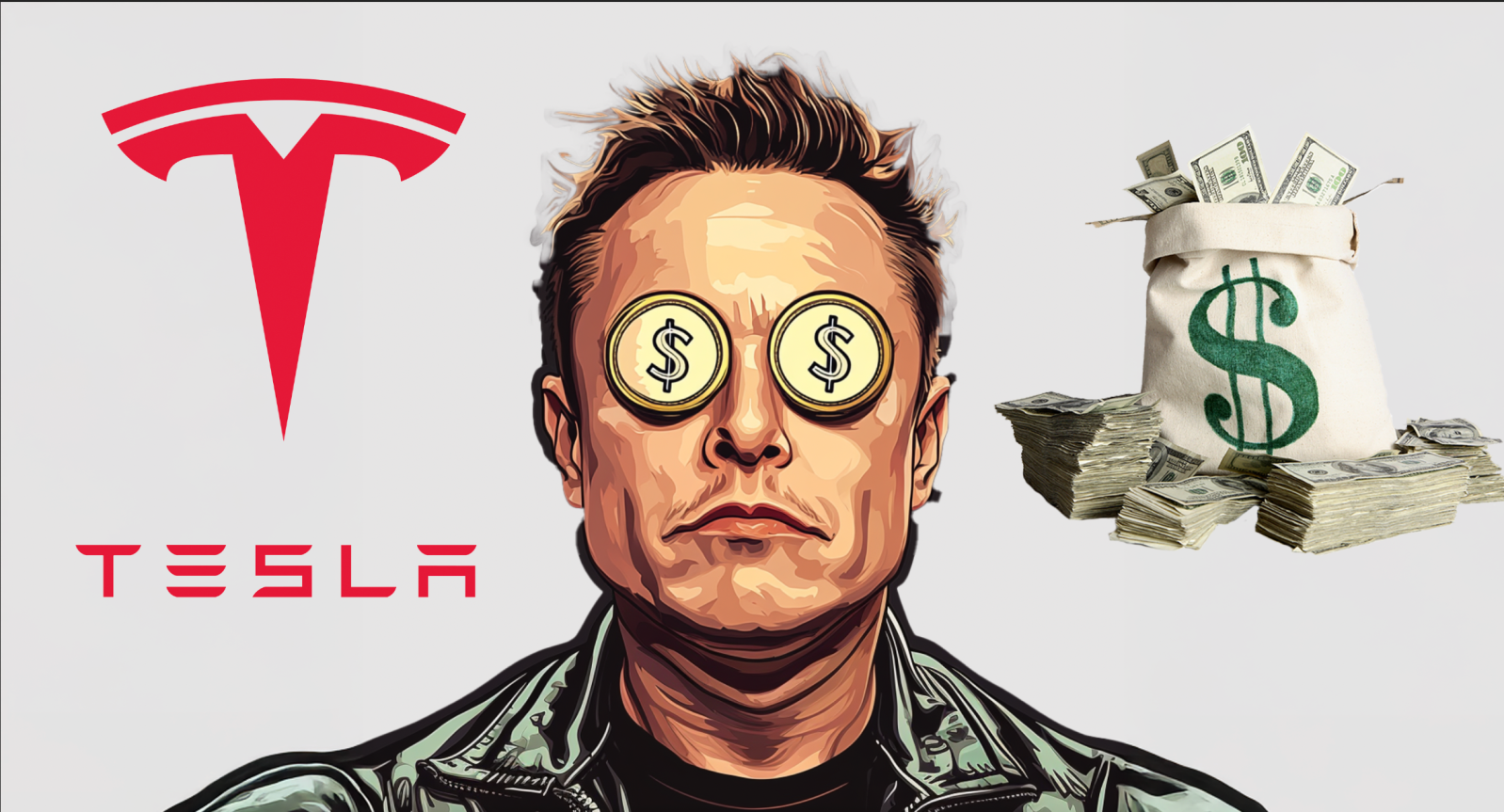
Elon Musk could become the first trillionaire ever if he gets his $1 Trillion payday from Tesla.
The Rapid Rise of Elon Musk's Fortune
Musk's wealth trajectory has been remarkable over the past few years, transforming him from a prominent billionaire into the undisputed richest individual in history. Back in early 2020, his net worth was approximately $28 billion, largely tied to Tesla's early success. By the end of that year, it had climbed to $136 billion, and in 2021, it peaked at $340 billion amid Tesla's stock boom.
Market corrections brought temporary setbacks, with his fortune dipping to around $130 billion in early 2023. However, recoveries in Tesla shares, combined with growth across his ventures, set the stage for the latest surge. The turning point came this month, when SpaceX's valuation effectively doubled, adding hundreds of billions to Musk's personal wealth almost overnight.
SpaceX's $800 Billion Valuation Reshapes Private Company Records
SpaceX has long held the title of the world's most valuable private company, but its latest insider share sale has pushed boundaries further. Reports indicate shares traded at levels implying an $800 billion valuation, up from around $400 billion earlier in 2025. This jump reflects strong investor confidence in Starlink's expansion, frequent successful launches, and advancing Starship development.
Musk owns roughly 43% of SpaceX, translating to about $344 billion from this stake alone. Combined with his holdings in other companies, the updated valuation has propelled his total net worth into unprecedented territory. Preparations for a potential 2026 IPO, with internal targets as high as $1.5 trillion, add even more anticipation to the story.
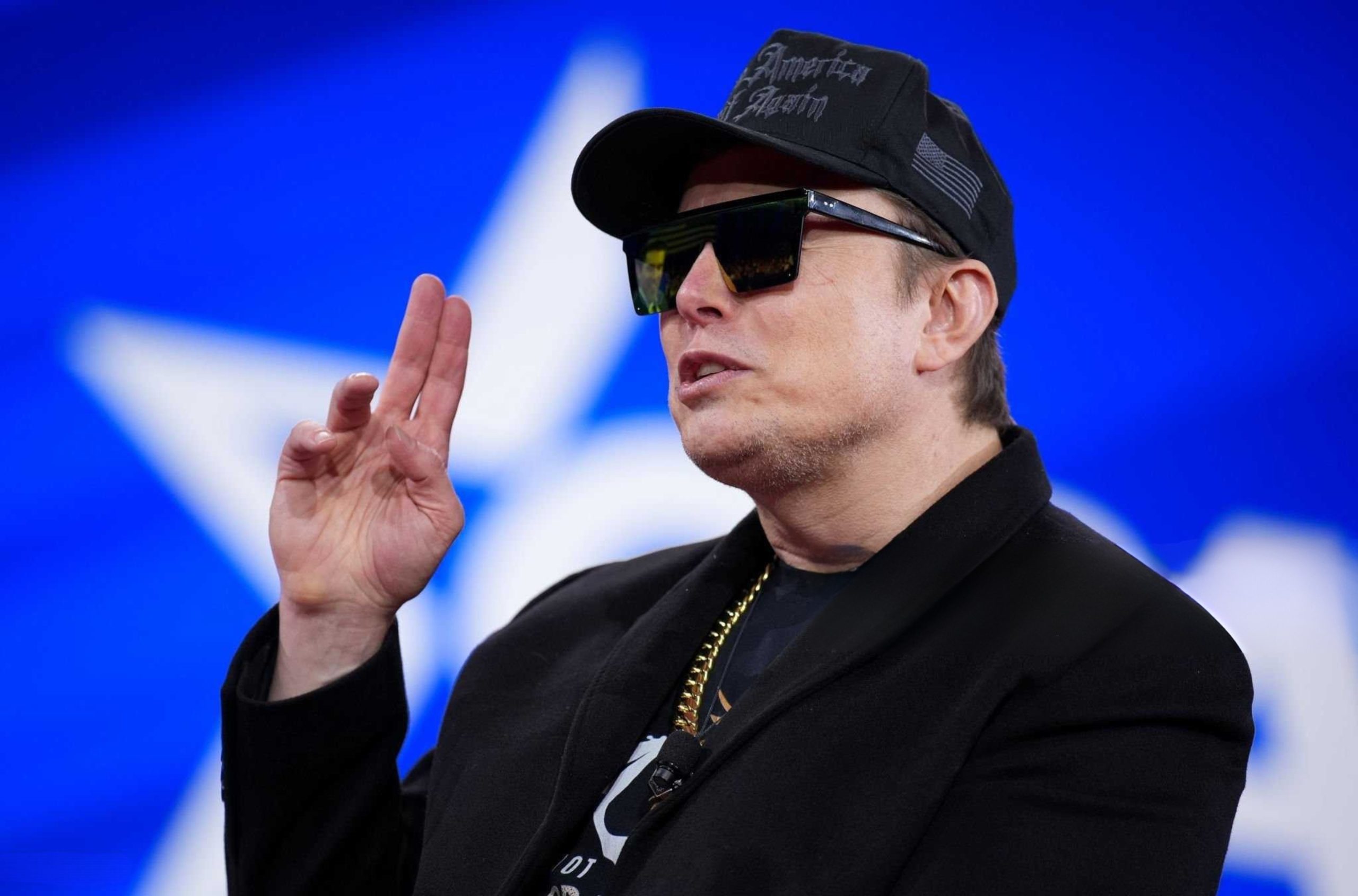
Elon Musk dons a black MAGA hat while making a gun gesture on stage during a heated appearance that blurred the lines between tech and politics.
Breaking Down the Sources of Musk's $640 Billion Wealth
The bulk of Musk's fortune now comes from SpaceX, contributing over half of the total. Tesla remains a major pillar, valued at around $250 billion for his stake despite recent stock fluctuations. His position in xAI adds an estimated $35 billion, while smaller contributions come from Neuralink, The Boring Company, and various investments.
This diversified portfolio across innovative sectors explains the resilience and growth of his wealth. No other individual has built a fortune of this scale so quickly, surpassing inflation-adjusted historical figures like John D. Rockefeller by a wide margin.
Elon Musk's Personal Spending Habits: Frugal Living Amid Extraordinary Wealth
Elon Musk stands out among billionaires for his relatively modest approach to personal luxury, often channeling his fortune into companies, family, and ambitious projects rather than extravagant indulgences. While many ultra-wealthy individuals collect yachts, art, or vast estates, Musk has repeatedly described himself as owning few possessions, with most of his wealth locked in company stock. That said, some notable purchases reveal glimpses of family priorities and quirky interests, backed by verified reports as of late 2025.
Elon Musk's Real Estate
Real estate forms one of the few areas where Musk has spent significantly in recent years. In 2020 and 2021, he sold off multiple California properties, including several Bel Air mansions, for combined proceeds exceeding $100 million as part of a pledge to own almost no houses. Today, he maintains a minimalist primary residence near SpaceX's Starbase in Boca Chica, Texas—a compact home valued at around $50,000 that he has described as rented or basic. More substantially, in late 2024, Musk acquired properties in Austin, Texas, totaling approximately $35 million to create a private family compound. These include adjoining mansions intended to house several of his children and some of their mothers, reflecting his emphasis on family closeness amid his large blended household.
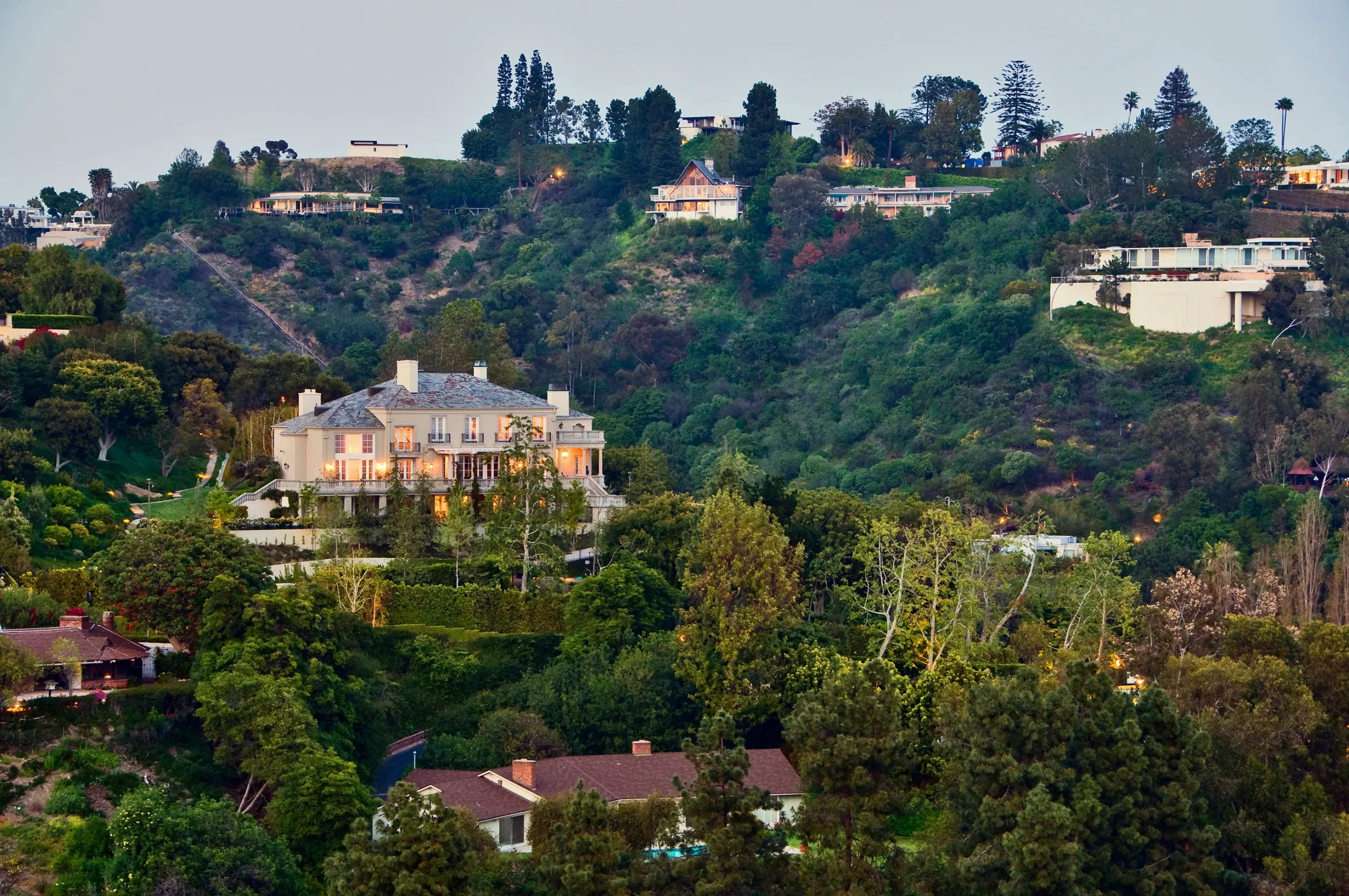
Elon Musk’s Bel Air mansion showcases the tech billionaire’s luxury lifestyle, featuring expansive grounds, modern architecture, and high-end amenities.
Elon Musk's Cars
When it comes to cars, Musk's choices lean practical and tied to his companies, though a few past buys stand out as outlandish. He primarily drives Tesla vehicles, including early Model S prototypes, Cybertrucks, and other models provided through the company—effectively low personal cost beyond his equity stake. Earlier in his career, he owned standout pieces like a 1997 McLaren F1 supercar, purchased for about $1 million and later sold after an accident, and the iconic Lotus Esprit submarine car from the James Bond film The Spy Who Loved Me, bought at auction for roughly $1 million in 2013. One truly eccentric move came in 2018, when Musk launched his personal cherry-red Tesla Roadster into space aboard a Falcon Heavy rocket—the car itself worth around $100,000, though the symbolic gesture carried priceless publicity value.
Elon Musk's Luxury Goods
Private jets represent a practical necessity for Musk's globe-trotting schedule across Tesla, SpaceX, and xAI operations. His fleet, registered through company entities, includes multiple Gulfstream models such as G650ERs and G550s, with individual aircraft valued at $70–80 million new and the overall collection estimated in the $200–300 million range. These enable rapid travel but serve business demands more than leisure.
On traditional luxury items like artwork, watches, or jewelry, Musk shows little interest. No major art collection has been reported, and he has publicly downplayed such spending. His watches appear simple and functional—occasional sightings of brands like TAG Heuer or Omega, typically valued under $10,000—aligning with his stated view that extravagant accessories waste money better invested elsewhere.
Ultimately, Musk's spending reflects his personality: heavy on innovation, family support, and mission-driven ventures, light on conventional opulence. The $44 billion acquisition of X (formerly Twitter) in 2022 remains his most audacious personal outlay, though framed as a business bet. This restrained style keeps his liquid assets low, with personal extravagance far below what his $640 billion fortune could easily support.
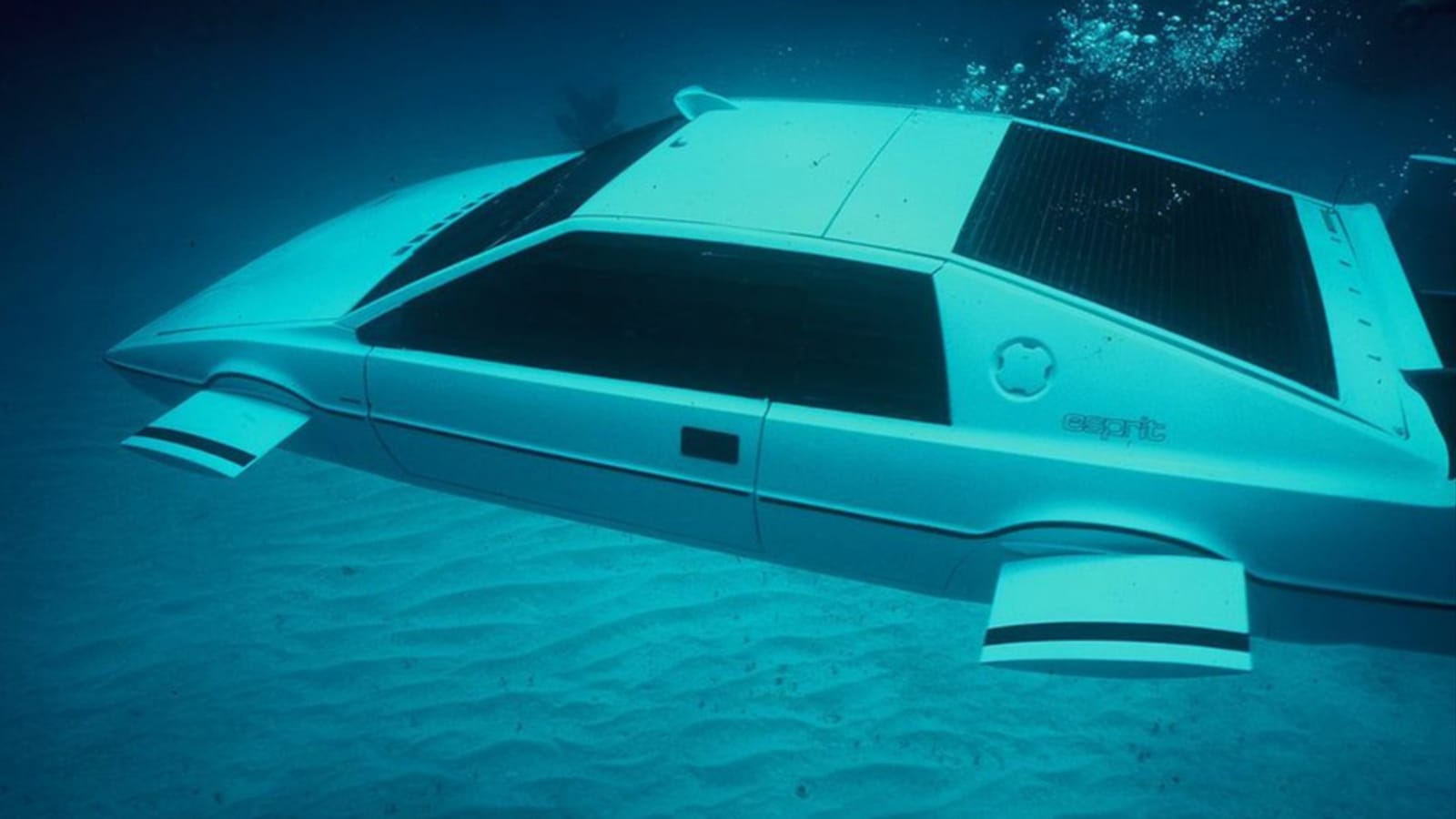
Elon Musk’s James Bond-inspired submarine car highlights his love for futuristic and unconventional vehicles, blending innovation with extravagance.
The Astonishing Scale of $640 Billion in Real Terms
Wealth at this level transcends personal luxury and enters the realm of national-scale influence. To put it in perspective, Musk's fortune exceeds the annual GDP of many countries and dwarfs the combined values of major industries.
Here are 10 extraordinary things this amount could theoretically acquire:
Every Nba Team, Valued Collectively At About $120 Billion, And Still Have Plenty Left Over.
The Entire Nfl, Worth Around $180 Billion, With $300 Billion Remaining.
Major Global Corporations Like Amazon In An Outright Purchase Scenario.
The Full Annual Economic Output Of Nations Such As New Zealand.
Nasa's Budget Funded Independently For More Than Three Decades.
The World's Entire Fleet Of Private Jets Multiple Times.
All Formula 1 Teams Plus Top European Football Clubs.
Construction Of A New City Rivaling Manhattan's Size And Infrastructure.
Elimination Of Global Student Debt Burdens Several Times.
Personal Spending Power Outpacing The Gdp Of Most Countries Worldwide.
These comparisons highlight how such wealth represents power on an infrastructure-changing level.
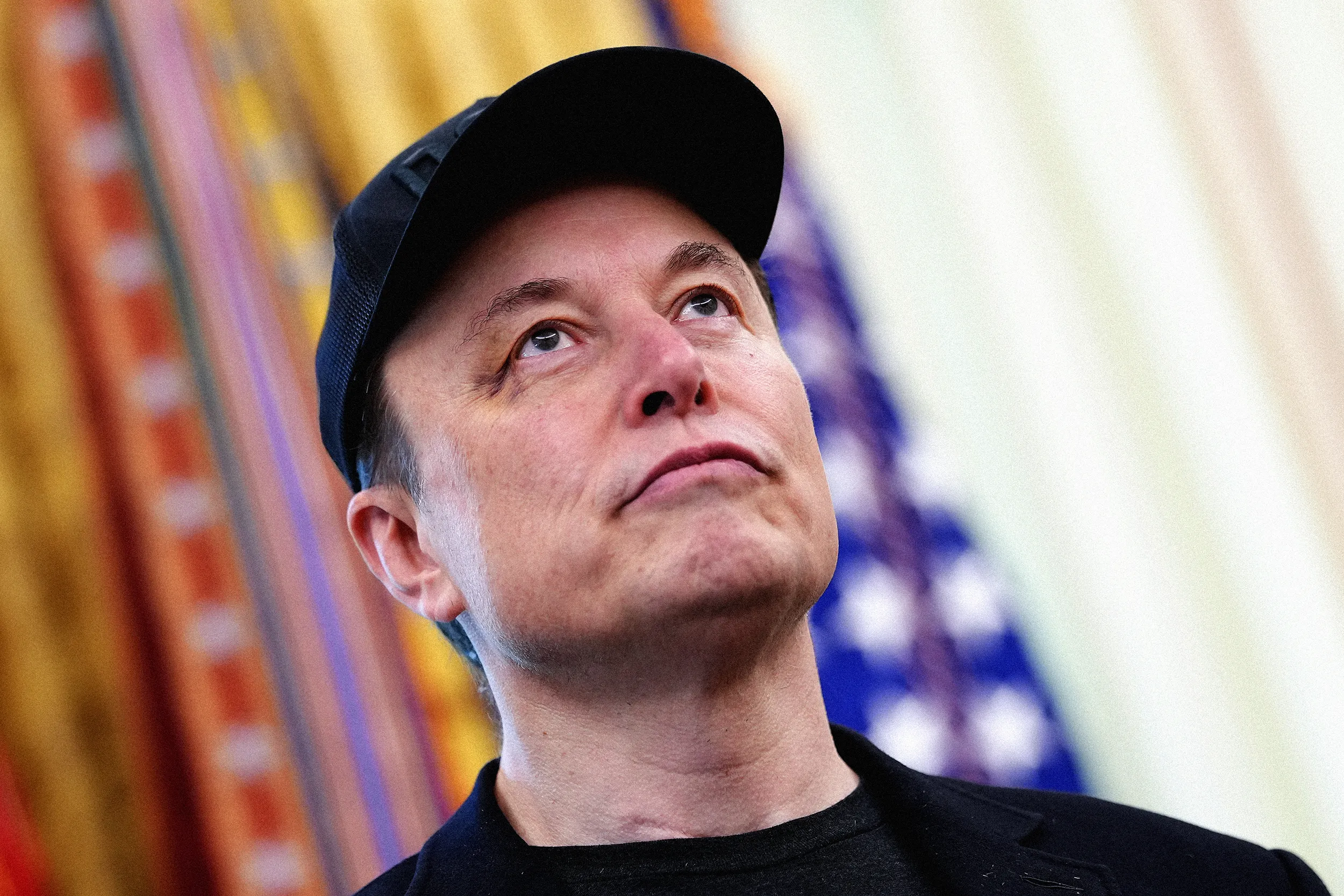
Elon Musk strikes an unconventional pose in the Oval Office, blending meme culture and power in a black “DOGE” cap and graphic tee as he addresses allies in Washington.
Toward a Trillion-Dollar Future
With SpaceX eyeing a public debut and continued growth in Tesla and xAI, projections suggest Musk could approach $1 trillion in net worth within years. Even conservative estimates, accounting for potential dilution in an IPO, point to his SpaceX stake alone exceeding $500 billion at higher valuations. This possibility, once dismissed as unlikely, now appears within reach based on current momentum.
Exploring More About Elon Musk's Wealth Milestone
How much richer is Elon Musk than the second-wealthiest person?
Musk currently leads by more than $375 billion over Larry Page, whose net worth hovers around $265 billion. This gap itself would rank as the third-largest fortune globally if treated separately, underscoring the unprecedented separation at the top of wealth rankings in 2025.
What factors drove SpaceX's valuation to $800 billion so quickly?
The rapid increase stems from Starlink's subscriber growth exceeding 4 million users, record-breaking launch cadence with reusable Falcon rockets, and progress on Starship for Mars missions. Investor enthusiasm for space infrastructure and satellite internet dominance played key roles in the December 2025 share sale.
Could government contracts or politics affect Musk's companies?
Musk's firms hold billions in federal contracts, particularly with NASA and the Department of Defense for space and satellite services. His political involvement, including advisory roles, has sparked debates about influence, though strong performance metrics continue to secure ongoing partnerships across administrations.
Does Elon Musk get a salary?
Elon Musk does not take a traditional cash salary from his companies like Tesla or SpaceX, a choice he has maintained for years to align his earnings directly with performance milestones. At Tesla, his compensation comes entirely from ambitious stock option packages tied to aggressive growth targets, such as massive increases in market cap and operational goals like robot deliveries.
A new package approved in November 2025 could potentially deliver up to $1 trillion in value over the next decade if fully achieved, spread out based on hitting those benchmarks. This structure means his income fluctuates dramatically with company success, rather than providing steady paychecks, and it has made him extraordinarily wealthy through equity rather than base salary.
When will Elon Musk become a trillionaire?
Projections for Elon Musk reaching $1 trillion in net worth point to sometime in the late 2020s, with many analysts eyeing 2027 or later depending on key developments. His current fortune, boosted to over $600 billion in December 2025 by SpaceX's $800 billion valuation, could accelerate toward that mark if a planned 2026 IPO hits internal targets around $1.5 trillion, potentially adding hundreds of billions to his stake alone.
Tesla's new performance-based pay package and growth in xAI also factor in, but timelines remain speculative since they hinge on market conditions, regulatory approvals, and execution on ambitious goals like Starship progress and AI advancements. No one has reached this level before, so it marks uncharted territory.
Where did Elon Musk get his money originally?
Elon Musk's initial wealth came from early tech ventures in the 1990s, starting with the sale of his first company, Zip2, a software firm that provided online city guides for newspapers, which Compaq bought for $307 million in 1999 and netted him around $22 million personally. He quickly reinvested those proceeds into X.com, an online banking startup that merged with another firm to become PayPal, and when eBay acquired it in 2002, Musk pocketed about $176 million.
These dot-com era exits provided the seed capital he used to found SpaceX in 2002 and invest heavily in Tesla starting in 2004, turning those early gains into the foundation for his later explosive growth through equity in groundbreaking companies.



